
Ah, comfort foods. Comfort foods are dishes that don’t ask questions or make assumptions. They just show up, hot and familiar. One bite, and you’re somewhere else—maybe at your childhood table or back in a tiny kitchen where your favorite meal was always on standby. Every culture has comfort dishes. They’re meant to soften edges and satisfy more than just hunger. You’ll find them in homes, hospital trays, and kitchens where recipes are passed down by memory. Variations may appear, but the soul of each dish stays the same. These meals tend to linger long after the last bite. Let’s take a peek into bowls, pots, plates, and pans from around the world that carry flavors and stories of a warm hug.
Japan’s Oden
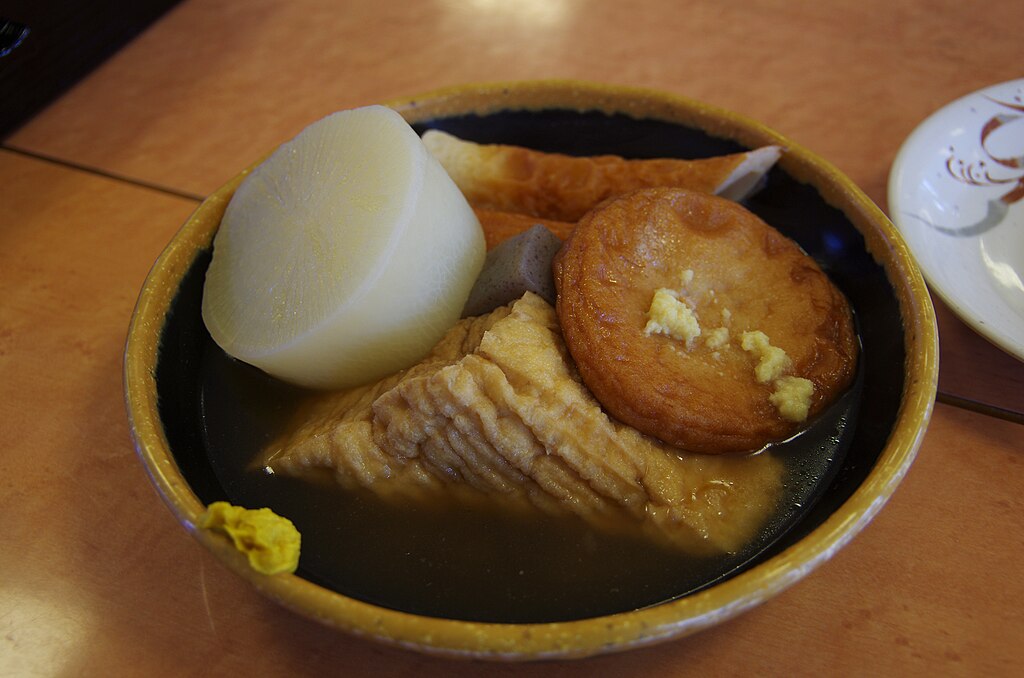
This popular winter dish warms Japan during the coldest months. Simmered in light soy broth, it features daikon, fish cakes, and eggs. Its availability is also admirable, as it can be found in convenience outlets like 7-Eleven and occasionally even in vending machines. When the chill sets in, this bowl becomes a ritual worth slurping.
Nigeria’s Jollof Rice
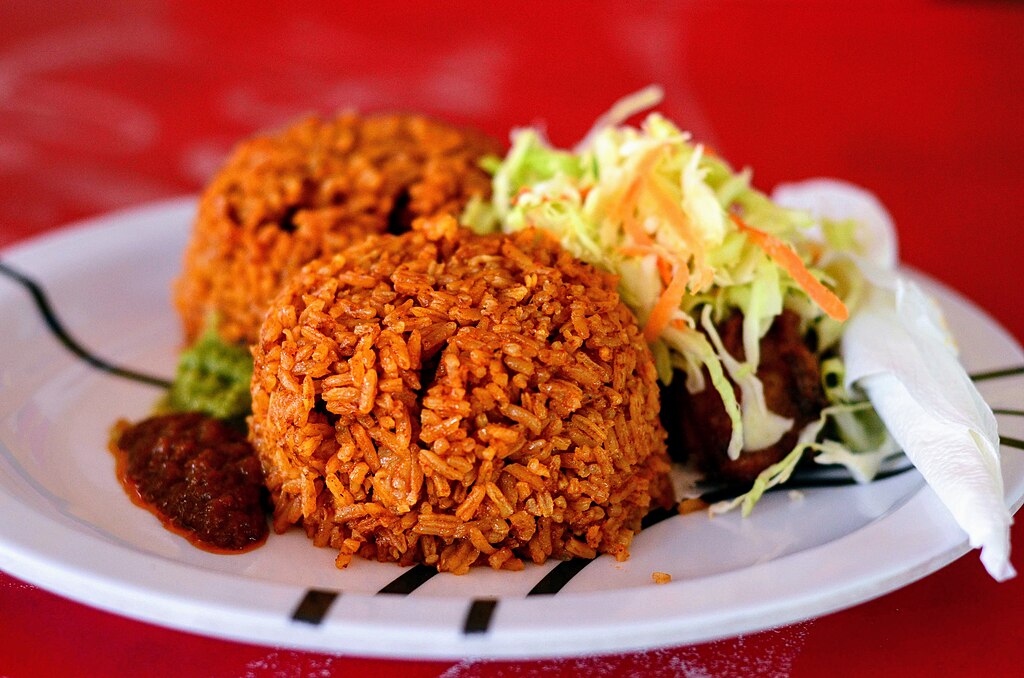
Bold, bright, and deeply rooted in West African celebrations, Jollof rice brings family to the table. Its red hue comes from tomatoes and peppers, while firewood cooking gives it a smoky edge. Nigeria and Ghana keep the “Jollof Wars” lively, each claiming bragging rights over this much-loved staple.
South Korea’s Kimchi Jjigae
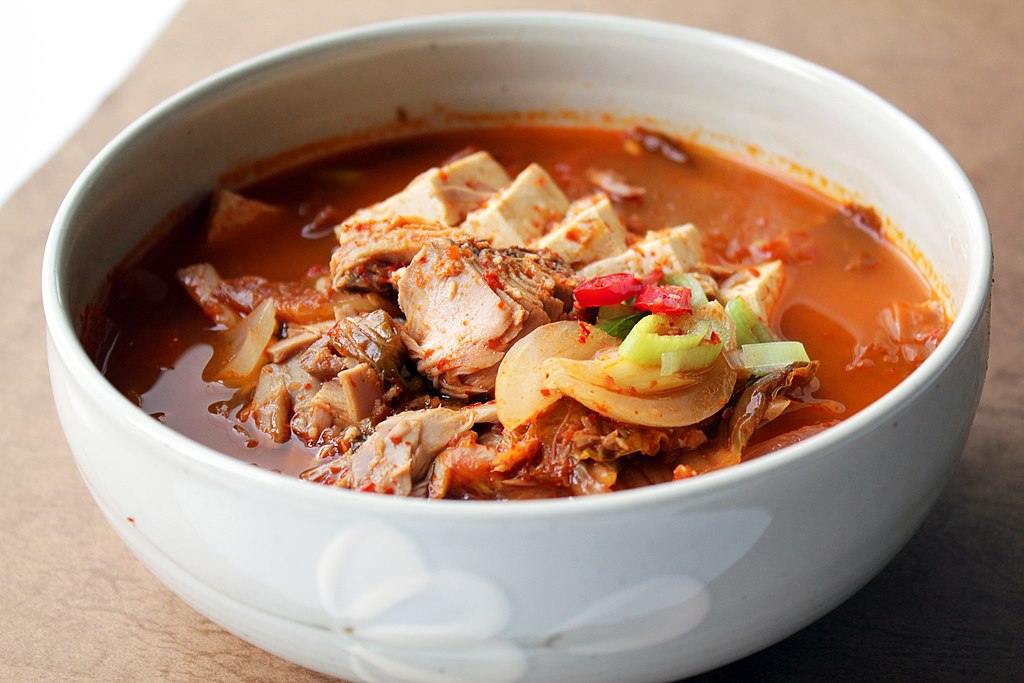
This fiery stew stars aged kimchi, often joined by tofu or pork. It’s considered Korea’s national comfort dish and a reliable fix for yesterday’s hangover. Shared directly from the pot, it revives both leftovers and spirits. When kimchi gets funky, this bubbling bowl gives it a second, savory life.
Canada’s Poutine

Born in Quebec in the 1950s, poutine blends fries, brown gravy, and cheese curds that squeak when fresh. Once dismissed, it’s now a Canadian cultural icon. Some even call it the “drunk food of the gods.” From fast food to gourmet joints, poutine’s fan base keeps growing—no passport required.
India’s Khichdi
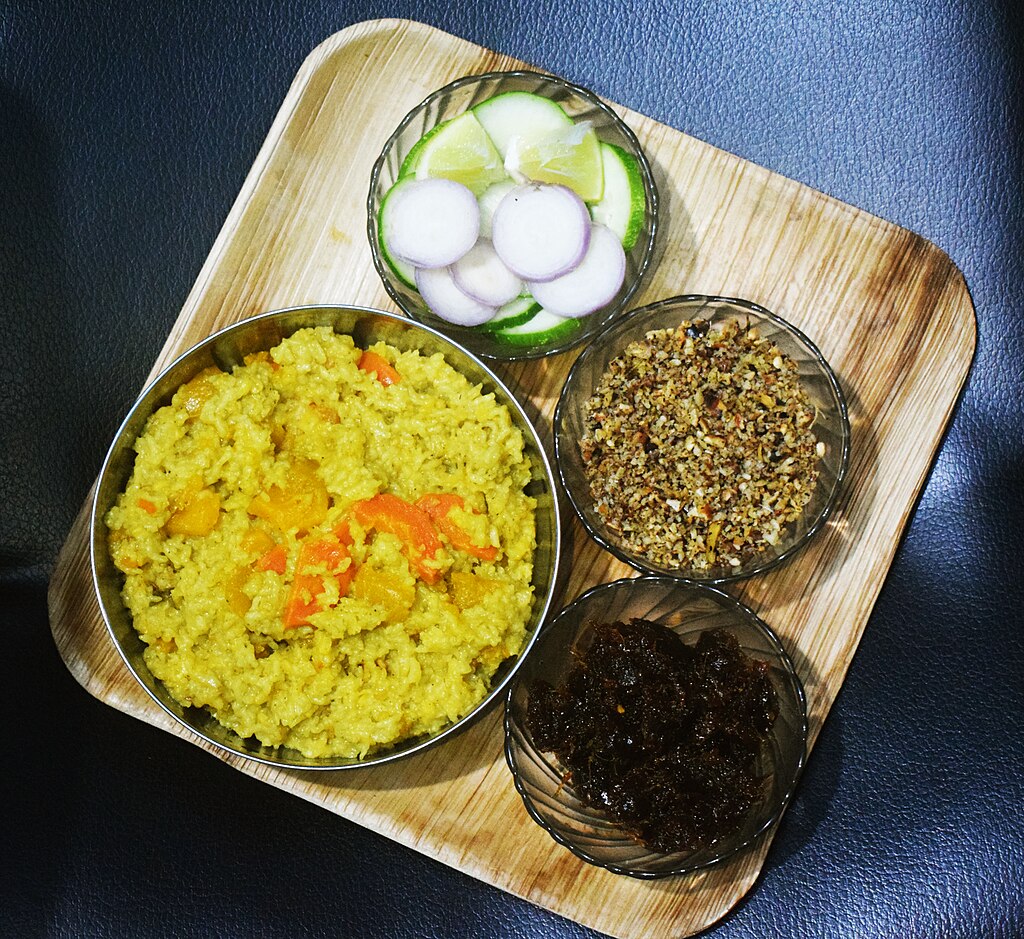
Khichdi combines rice and lentils into a gentle, warming dish. Traditionally fed to children and the sick, it has ancient Ayurvedic origins, and it’s widely seen as a symbol of simplicity in Indian households. Prime Minister Modi has publicly expressed his fondness for it, while others have promoted it globally as the “queen of all foods.”
Mexico’s Pozole
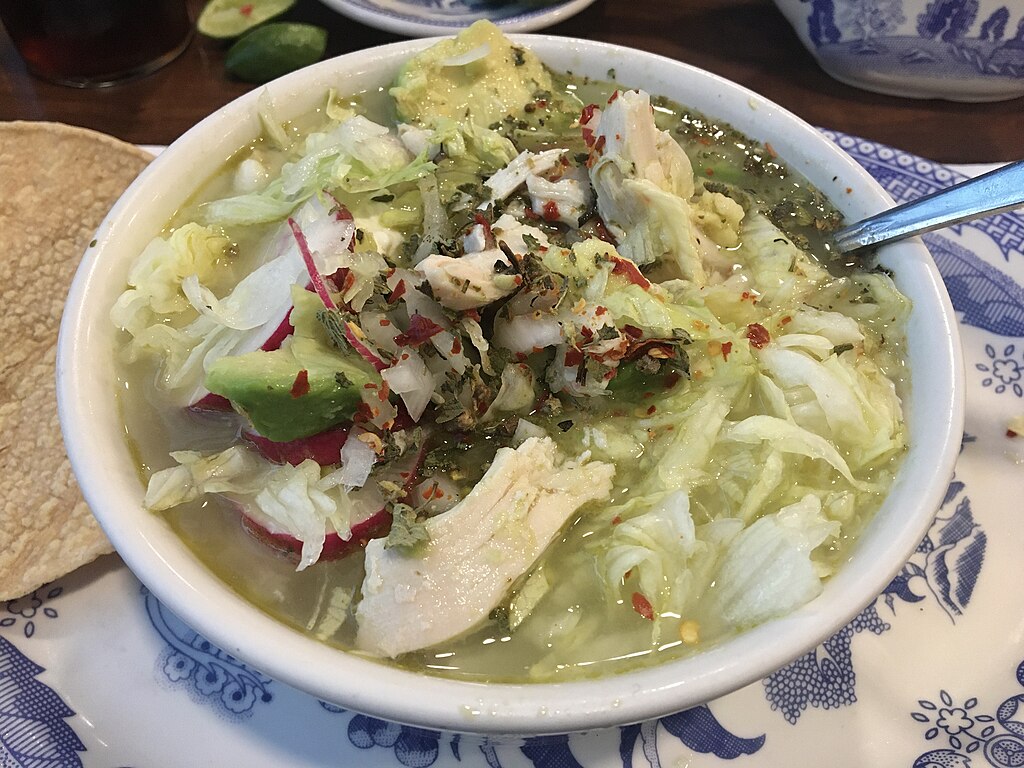
Pozole is a hominy-based stew with a long history, once central to Aztec rituals. Today, it takes center stage at Christmas and Independence Day feasts. Served red, green, or white, it’s topped with lime, radish, cabbage, and oregano. One bowl captures Mexico’s layered past and its festive present.
Poland’s Pierogi
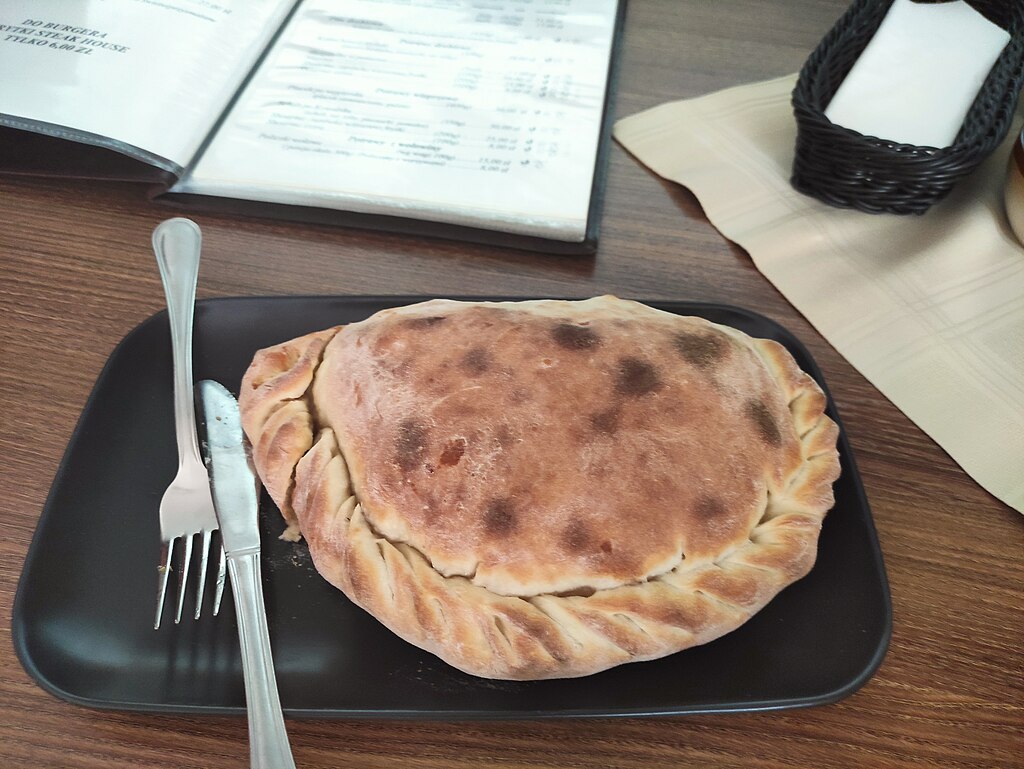
These stuffed dumplings are the pride of Poland, filled with anything from potatoes to fruit. Families often make them together, especially before Christmas Eve dinner. Pierogi in Poland aren’t just a tradition—they’re a sport where competitive eaters even set records for devouring them. Sweet or savory, these doughy parcels carry generations in each bite.
Thailand’s Khao Tom
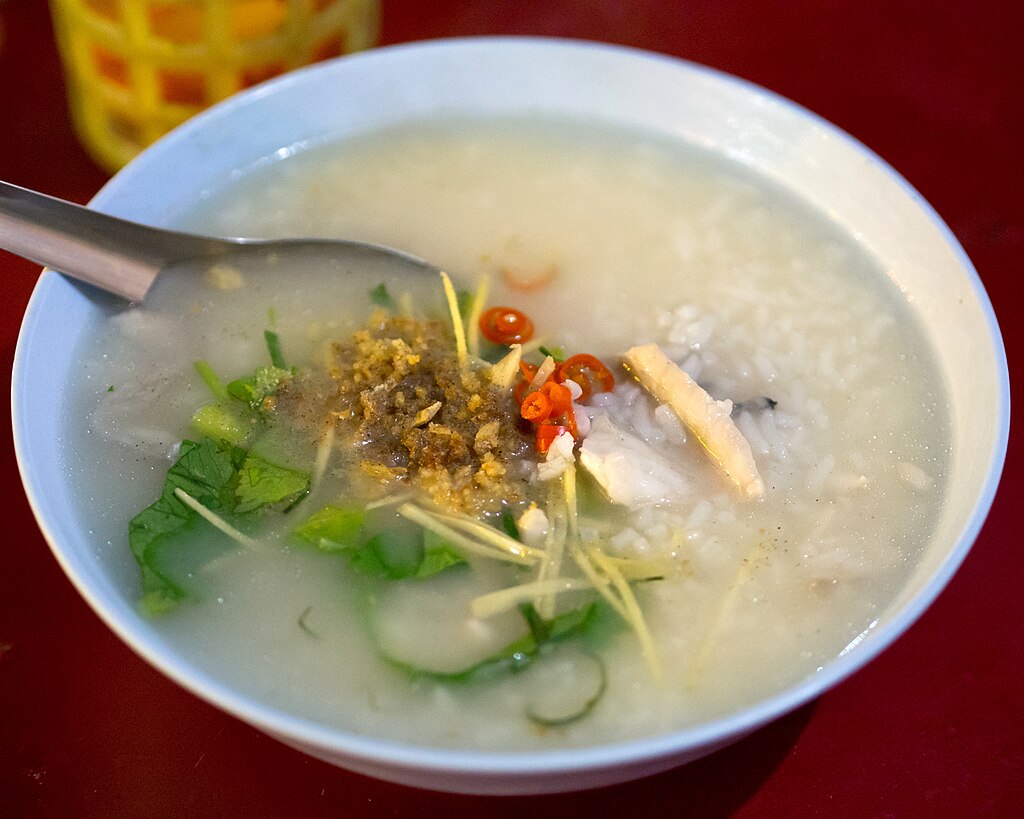
Soft-boiled rice and protein form the base of this soothing Thai breakfast. Street vendors start ladling it out before sunrise. It is also common in hospitals since it’s viewed as a gentle meal that heals. Fresh ginger and cilantro add a bright note to the bowl. For Thais, khao tom is both a daily ritual and a quiet comfort.
United States’ Mac And Cheese
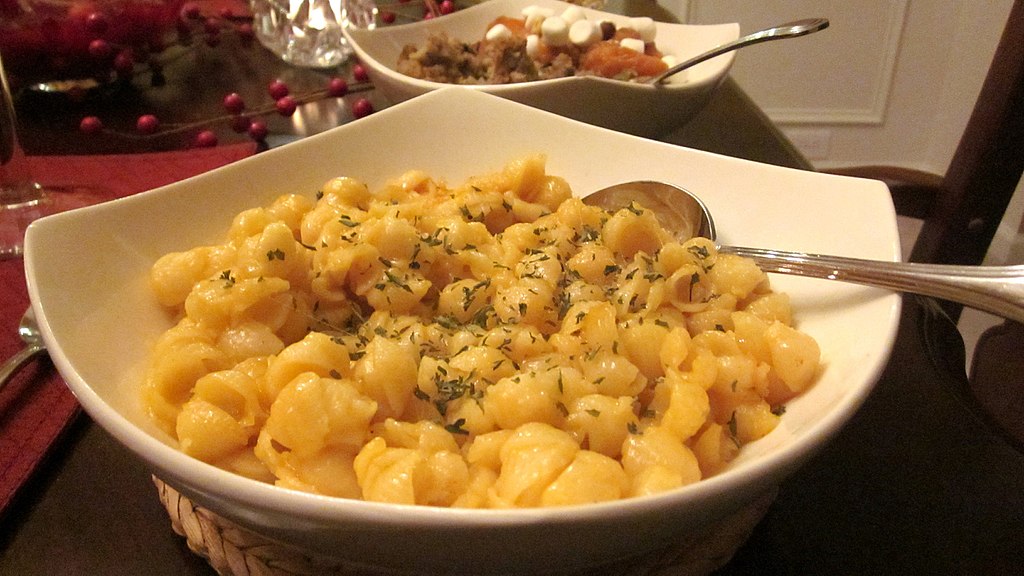
This classic dish traces its roots to Thomas Jefferson, who helped popularize it in America. A hit with kids, it became a pantry staple during WWII thanks to boxed versions. These days, modern takes include lobster and truffle oil. No matter the twist, it still brings nostalgic warmth to the plate.
France’s Tartiflette

Born in the French Alps in the 1980s, tartiflette was created to boost cheese sales. It’s layered with potatoes, bacon, and plenty of that pungent Reblochon cheese. Often eaten after skiing, the dish smells bold but delivers rich, cozy satisfaction. In cold mountain towns, tartiflette means business.
Brazil’s Feijoada

This national dish brings black beans and various meats into a slow-cooked, hearty stew. It’s usually served on Wednesdays and Saturdays, often with a side of orange slices to cut through the richness. Portuguese influences shape its flavor. Feijoada isn’t rushed—it’s about gathering and savoring, one bite at a time.
China’s Congee
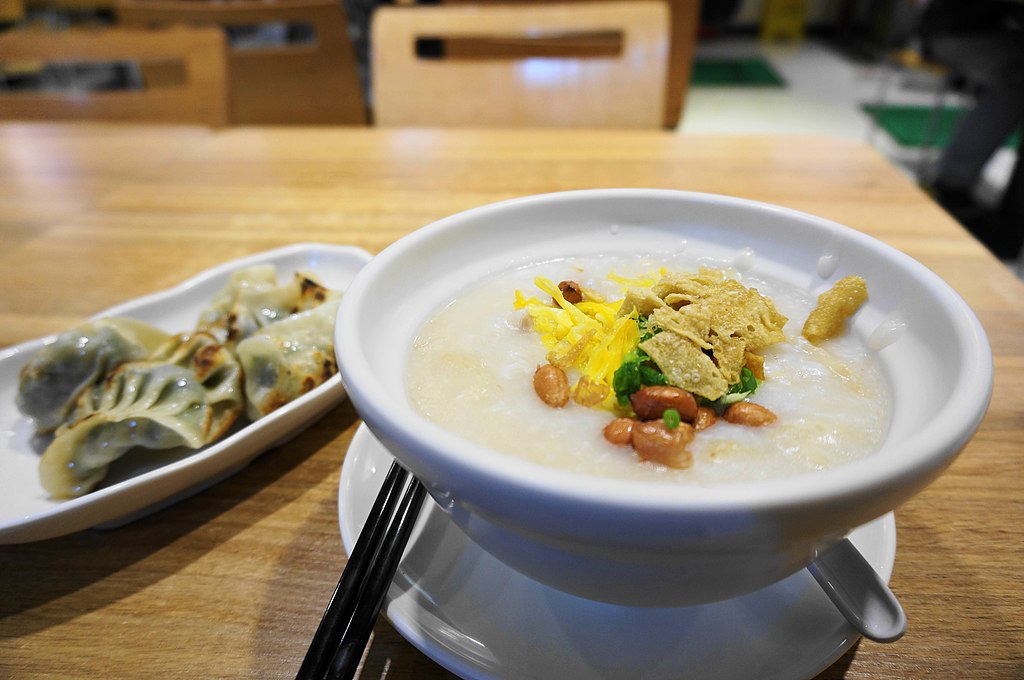
This ancient rice porridge spans Chinese dynasties and breakfast tables. Savory or sweet, it’s a staple with endless toppings—from century eggs to fried dough sticks. Especially beloved in Cantonese cuisine, congee turns humble ingredients into something deeply comforting, and one warm spoonful is enough to tell a story.
Italy’s Risotto
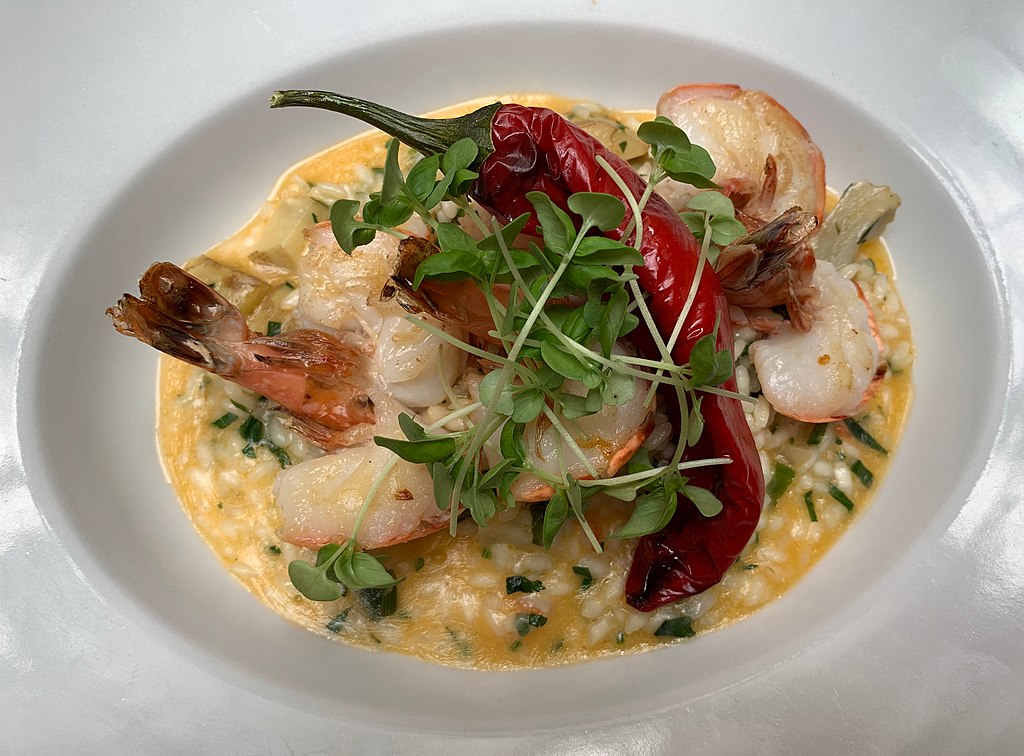
Hailing from northern Italy, risotto demands slow stirring and Arborio rice to hit its signature creaminess. Milan’s saffron version shines bright in both flavor and color. Leftovers don’t go to waste—arancini, the deep-fried rice balls, make sure of that. It’s comfort built on timing, texture, and lots of love.
Egypt’s Koshari
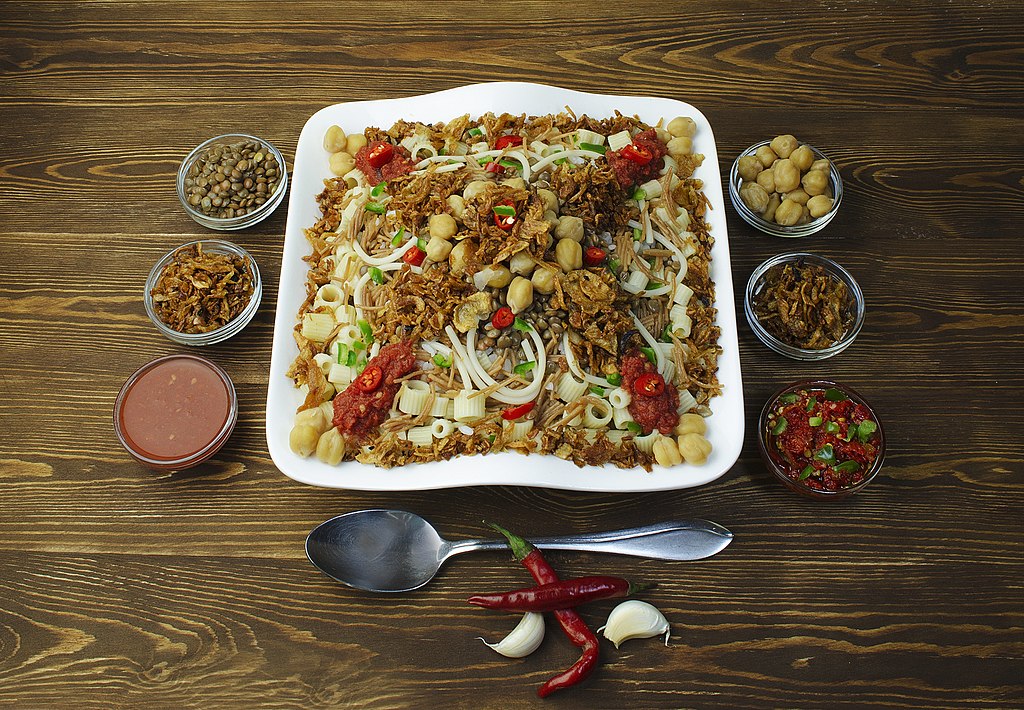
Koshari is Egypt’s national comfort food, mixing rice, lentils, pasta, and crispy onions. A drizzle of vinegar-chili sauce seals the deal. It’s crunchy, spicy, and deeply satisfying—on any budget. It began during British rule when elements of Indian cuisine were borrowed. Street carts and restaurant chains serve it hot and fast.









